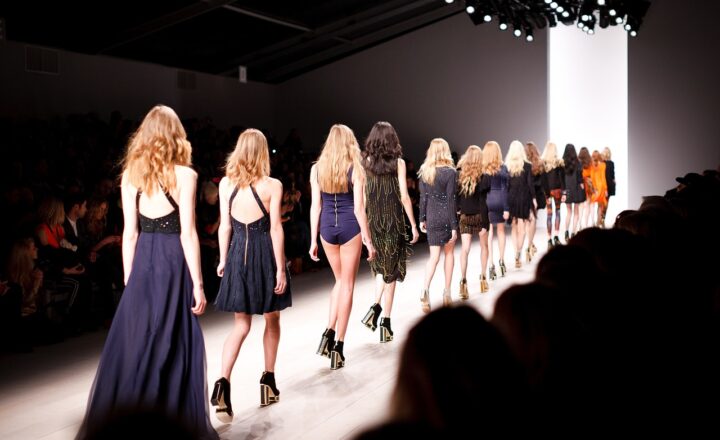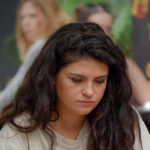The Cult of Fashion: How Unconventional Styles Became Mainstream Icons
November 19, 2024

Fashion is a constantly evolving tapestry woven with threads of creativity, individuality, and societal influence. In today’s world, the barriers that once confined fashion to the established norms of haute couture have been drastically altered. Unconventional styles are no longer sidelined; instead, they have emerged as defining elements of contemporary fashion. In this article, we’ll delve into the phenomenon of how these alternative styles transitioned into mainstream icons, exploring cultural shifts, influential figures, and the role of digital media in this transformation.
1. The Birth of Subcultures in Fashion
The journey of unconventional styles begins with the rise of subcultures—specific groups that identify themselves through distinctive fashions that challenge mainstream aesthetics. From punk rock in the 1970s, characterized by leather jackets and spiked hair, to the vibrant, eclectic style of the hip-hop culture in the 80s and 90s, each subculture introduced styles that were bold, expressive, and often provocative.
These styles were not just fashion statements; they were also social commentaries. Punk fashion was a rebellion against the establishment, while hip-hop culture used fashion to express identity and community pride. The significance of these styles being birthed from subcultures is fundamental in understanding how they later entered the mainstream.
2. Iconic Figures and Their Influence
Throughout history, there have been key figures who have acted as catalysts for change in the fashion world. Designers such as Vivienne Westwood and Jean-Paul Gaultier brought punk and street style into high fashion, while celebrities like David Bowie and Madonna used their personal styles to challenge gender norms and redefine what was considered fashionable.
Today, we see a new cohort of influencers and fashion icons emerging from diverse backgrounds, embodying inclusive representation. Figures like Billy Porter, Lil Nas X, and A$AP Rocky embrace and celebrate unconventional styles, broadening the definition of masculinity in fashion and encouraging others to explore their identities through clothing.
Their visibility in popular culture is significant. As mainstream media highlights these individuals, so too do consumers start to embrace and accept what was once considered unconventional. This trend shows how influential figures not only reflect societal changes but also propel them.
3. The Role of Digital Media in Shaping Fashion’s Landscape
Digital media has revolutionized the way fashion trends emerge and evolve. Social media platforms like Instagram, TikTok, and Pinterest have given rise to influencers capable of making significant impacts on popular style. This democratization of fashion allows individuals who may not fit traditional beauty standards or commercial molds to gain visibility and establish their styles.
Through these platforms, we see trends like cottagecore, which romanticizes rural life and cozy aesthetics, the emergence of gender-neutral fashion, and even the rise of capsule wardrobes that emphasize sustainability and minimalism. These trends not only embrace unconventional styles but also address larger concerns about identity, sustainability, and consumerism.
The viral nature of social media also allows styles to transcend geographic boundaries. A trend that emerges in a small corner of the internet can quickly go viral, reaching a global audience and influencing mainstream fashion. The rapid pace at which trends can propagate today is unprecedented in the history of fashion.
4. The Impact of Fashion Weeks
Fashion weeks around the world serve as pivotal events for designers to showcase their collections. Historically dominated by high-street designers and luxury brands, these events have begun to reflect a wider array of styles, embodying the influence of subcultures and unconventional aesthetics.
In recent years, we’ve witnessed designers such as Gucci embrace maximalism—bold colors, patterns, and styles conflicting with modern minimalist consciousness. Similarly, Balenciaga has introduced elements of street style into their collections, combining high fashion with influences drawn from everyday streetwear, effectively bridging the gap between unique styles and mainstream acceptance.
These shifts during fashion weeks signify a broader acceptance within the fashion community, showcasing how unconventional styles can not only coexist but thrive alongside classical fashion. The presentations on runways now reflect the vibrant landscape of street style, diversity, and even activism, pushing the narrative that fashion is for everyone.
5. Sustainability and Social Responsibility: The New Norm
As the movement towards sustainability and ethical fashion practices gains momentum, we see a newfound embrace of styles that emphasize individuality rather than mass consumption. Thrifting and upcycling have become powerful acts of self-expression, allowing individuals to curate their wardrobes from unique, pre-owned pieces that tell a story.
Brands that encourage sustainable practices, such as Reformation and A.P.C., highlight how unconventional style does not discriminate against environmental responsibility. Collaborations with local artisans and use of eco-friendly materials illustrate that fashion can be both stylish and sustainable, attracting consumers eager to make conscious choices.
This shift favors innovation and creativity; unconventional styles that may not fit traditional molds gain traction and resonate with those looking for something fresh and authentic in their expressions.
6. Conclusion: Embracing Unconventional Fashion as a Mainstream Icon
The evolution of fashion has fundamentally transformed how we view style, expression, and identity. From subcultures establishing alternative norms to iconic figures challenging the status quo and the immense power of digital media, these elements have propelled unconventional styles into the mainstream consciousness.
As we continue to embrace individuality and diversity, fashion will only become more inclusive and innovative. The acceptance of unconventional styles in high-fashion runways and their representation in everyday life creates a colorful dialogue about what it means to express oneself in today’s world. In essence, unconventional styles have transcended their origins and now stand as powerful testament to the evolving landscape of fashion, where every individual’s unique expression is celebrated as a true form of art.






